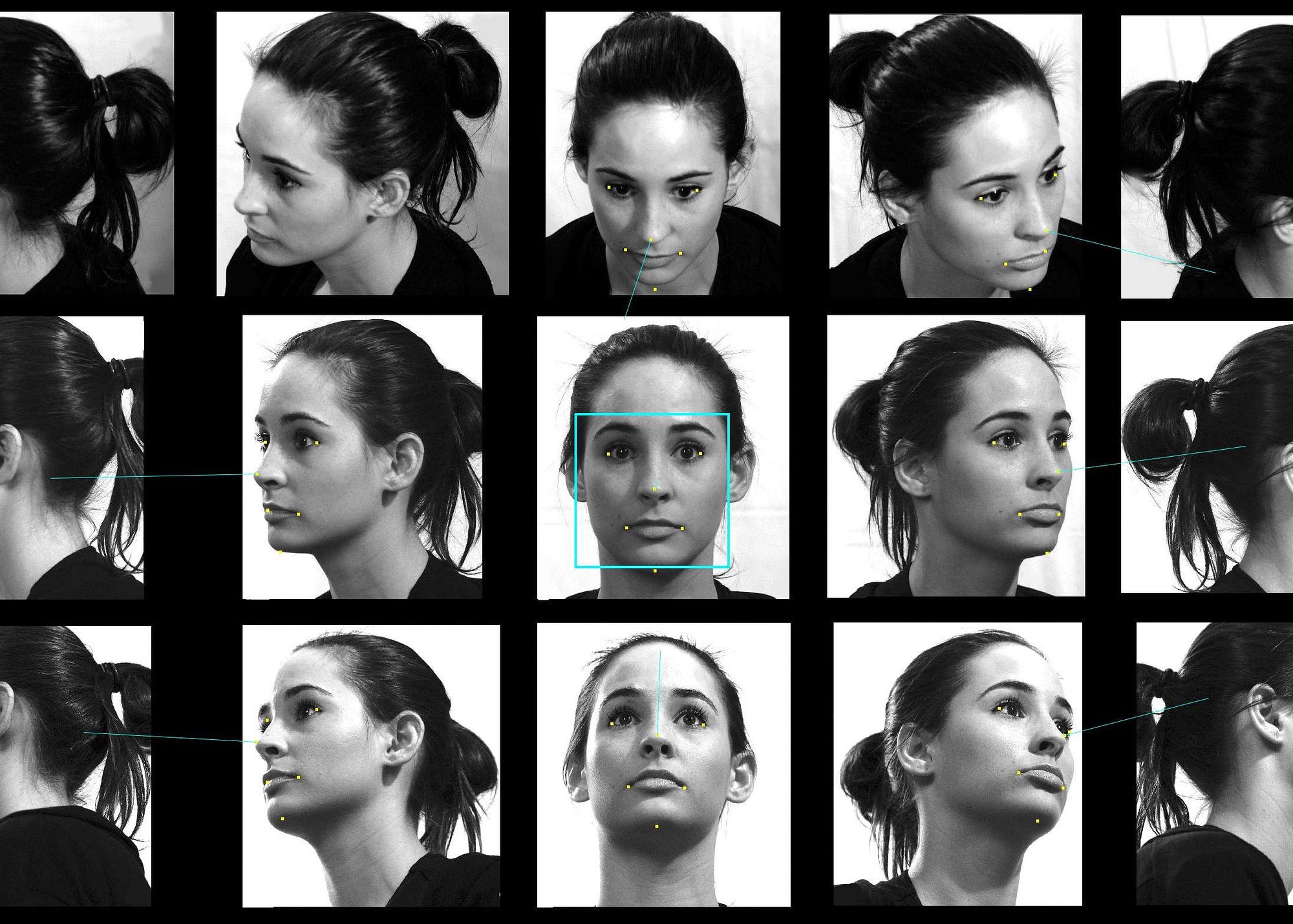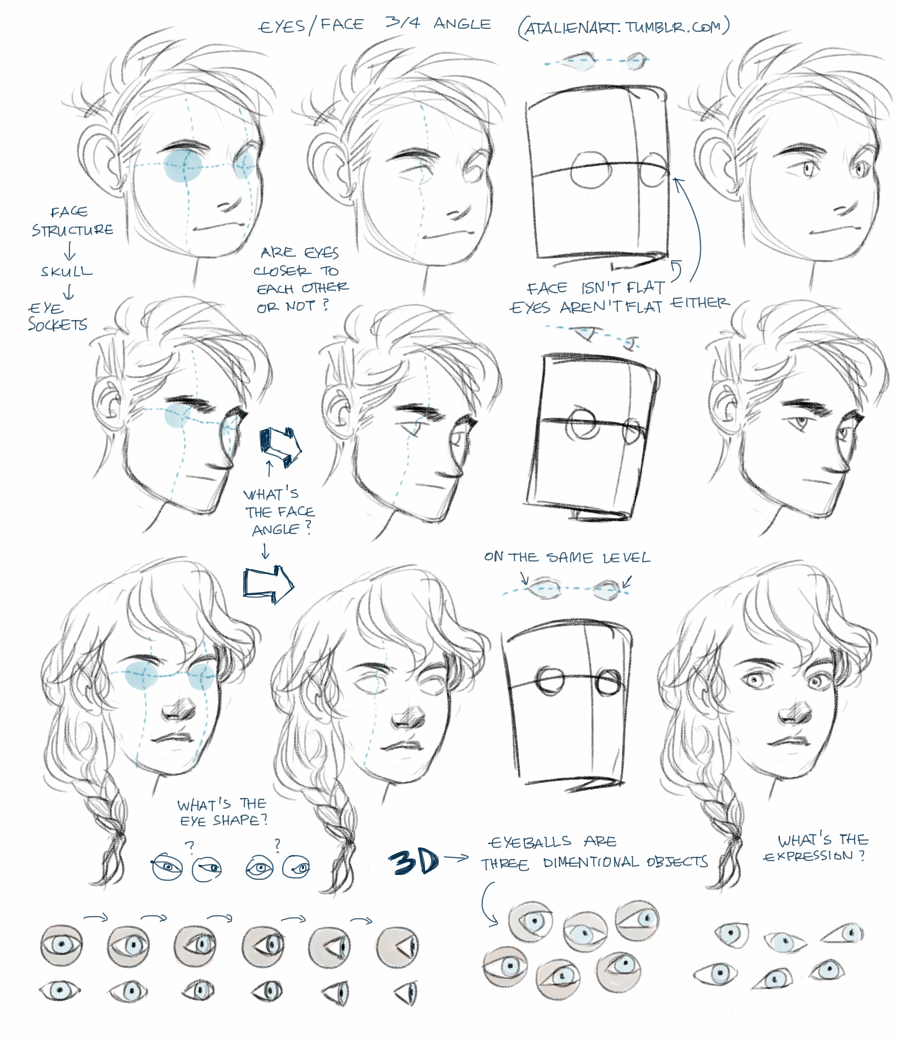

A lead-screw is provided under the table that engages with a nut on the saddle, it helps to move the table horizontally by hand or power.The top of the table is finished accurately and T-slots are provided for clamping the work and other fixtures.It rests on guideways on the saddle and travels longitudinally.The top of the saddle is precisely machined to provide guideways for the table.A crossfeed screw near the top of the knee engages a nut on the bottom of the saddle to move it horizontally, by hand or power, to apply cross-feed.On the top of the knee is placed the saddle, which slides on guideways set exactly at 90 degrees to the column face.The top face of the knee forms a slideway for the saddle that gives cross travel to the table.The knee houses the feed mechanism of the table and controls to operate it.The adjustment of height is affected by an elevating screw mounted on the base that also supports the knee.The knee is a fixed grey iron casting that slides up and down on the vertical ways of the column face.The top of the column is finished to hold an overarm that extends beyond the front of the machine.The front vertical face of the column is precisely machined and is equipped with dovetail guideways for supporting the knee.It is box-shaped and houses all the driving mechanism for the spindle and feed table.The column is the main supporting frame mounted on the base.

In some other machines, the base is hollow and works as a reservoir for cutting fluid.

The base carries the column at its one end.



 0 kommentar(er)
0 kommentar(er)
